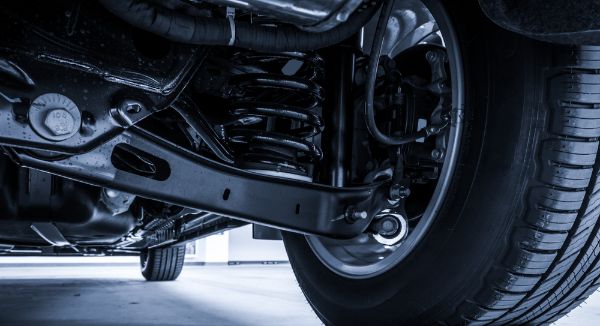European vehicle suspension systems are designed to provide a smooth and comfortable ride. These systems include several key components that work together to ensure stability and handling. Major parts of the suspension system include the shock absorbers, struts, control arms, and springs. Shock absorbers help control the impact of bumps and dips, while struts provide structural support and aid in steering. Control arms connect the wheel assembly to the vehicle’s frame, and springs support the vehicle’s weight and absorb shocks from the road. Each component is crucial for maintaining proper alignment and handling.
Importance of Regular Suspension System Maintenance
Regular maintenance of the suspension system is essential for the safety and performance of your European vehicle. Worn-out shock absorbers or struts can lead to poor handling and a rough ride. This can also affect the vehicle’s alignment, causing uneven tire wear and reduced braking performance. Regular inspections can help identify issues early, preventing more costly repairs. For European vehicles, which often have complex suspension systems, professional maintenance is important to ensure all components are functioning correctly and to maintain the vehicle’s driving dynamics.
Common Suspension Problems and Their Signs
Suspension problems can manifest in various ways, affecting your vehicle’s performance and comfort. Common issues include worn-out shocks or struts, damaged control arms, and broken springs. Signs of suspension problems include a bouncy or rough ride, uneven tire wear, and difficulty steering. If you notice your vehicle swaying excessively or if you hear clunking noises when driving over bumps, it may be time to have your suspension system checked. Promptly addressing these issues can prevent further damage and ensure your vehicle remains safe and reliable.
How Driving Habits Affect Suspension System Longevity
Your driving habits can significantly impact the lifespan of your European vehicle’s suspension system. Aggressive driving, such as rapid acceleration, hard braking, and taking sharp turns at high speeds, can put extra stress on the suspension components. Driving over potholes or rough terrain frequently can also lead to faster wear and tear. To extend the life of your suspension system, drive smoothly and avoid sudden maneuvers. Regularly check and maintain your vehicle's alignment and tire pressure to ensure even wear and proper handling. By adopting careful driving habits, you can help preserve the performance and reliability of your suspension system.
Professional Suspension System Repairs for European Vehicles
For European vehicles, professional repair and maintenance of the suspension system are crucial. These vehicles often use advanced suspension technology that requires specialized knowledge and tools. Professional technicians can perform detailed inspections and repairs, ensuring that all components are properly adjusted and aligned. Using OEM parts for replacements ensures compatibility and maintains the vehicle’s original performance standards. Regular professional maintenance helps keep your European vehicle’s suspension system in top condition, contributing to a safer and more enjoyable driving experience.

